The story of Apple and Microsoft, and their wildly differing ideas of what it means to be a creative today.

The new MacBook Pros reflects the new realities of what it means to be a “creative professional” today.
It used to mean graphic designer / illustrator / 3D artist / video editor / motion graphics designer / audio engineer / photographer.
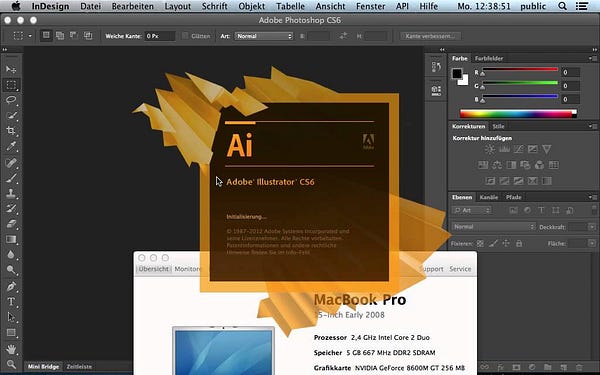
In fact, not long ago, (perhaps 5 years?) “digital media” used to mean those things. At least in agency-land where most creatives earn their keep. When I was in school studying digital media, when I was doing an internship as a designer, that was what it meant.
That’s now changed. Irreversibly. Beyond the rare “art director” or “junior designer” role, the real jobs that pay a living wage are in user experience design, interaction design, or software development. Maybe the occasional copywriting, motion graphics design, or photography.
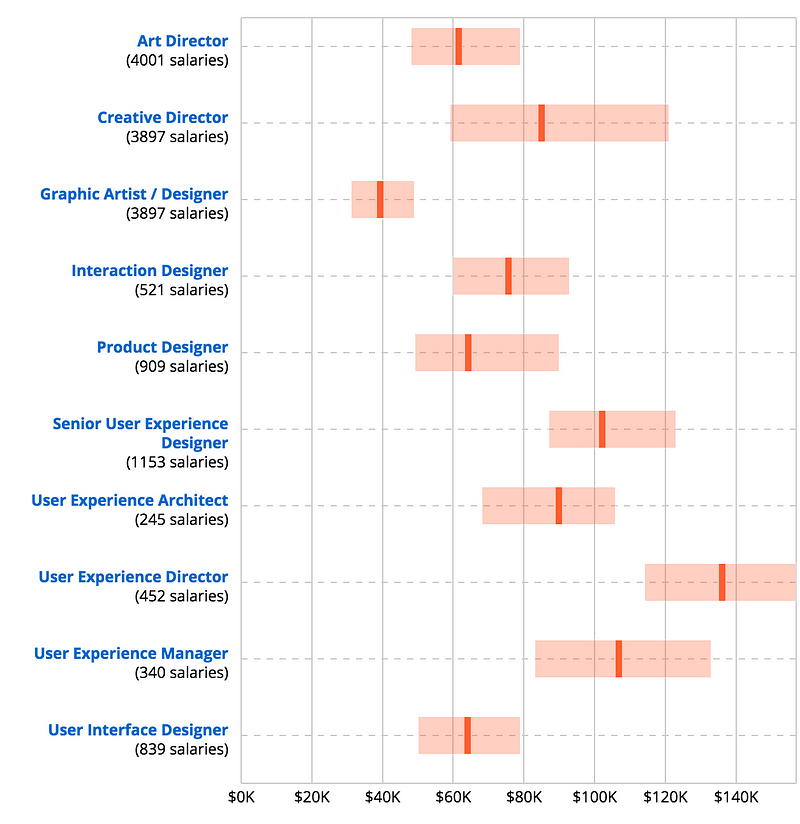
You’d have to be ignorant not to notice that this is where the creative industries are generally headed, towards digital experiences and away from physical media. When was the last time you saw someone reading a physical newspaper, listening to the radio, or tuning into satellite TV?
Creative Bets
Both the MacBook Pro touch bar and Surface Studio are bets on the creative industries.
But while Apple is targeting this holy grail of today’s digital creatives (UI/UX/Dev), Microsoft is betting on a different kind of creative, one that came before the digital revolution.
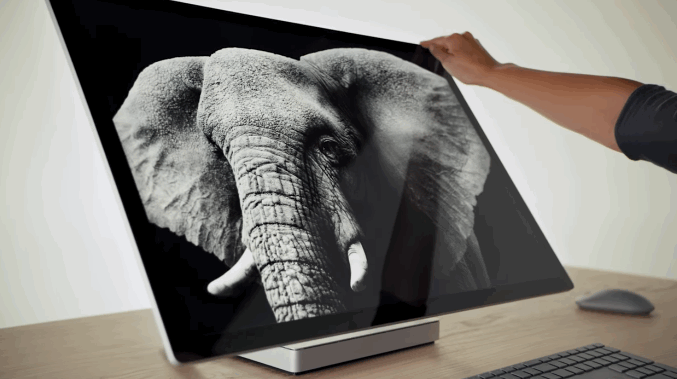
The Microsoft Surface Studio is undeniably sexy. It represents the cutting edge of industrial design and Microsoft’s impressive new capabilities to fuse software and hardware experiences into one cohesive product like never before. It also costs a whopping $2,999 USD, which isn’t inclusive of the Surface Dial ($99.99 USD).
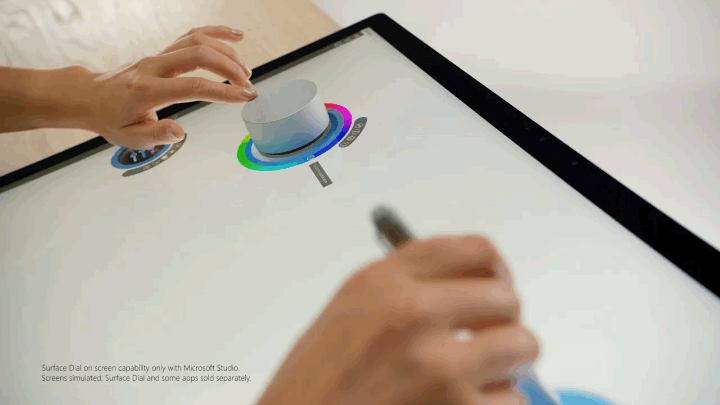
At that pricing, most of Microsoft’s target market would be priced out.
When your monthly salary (or lack thereof) can barely justify the Adobe CC subscription fee, the MacBook you own is better than the Surface Studio you do not.
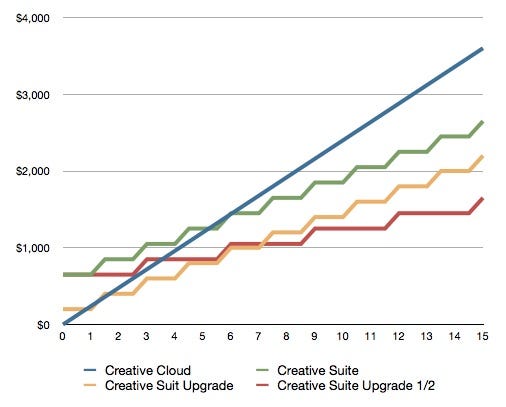
Apple, on the other hand, is making a different bet. It has seen a major shift of their core audience. Most notably, the MacBook Pro is now becoming one of the more popular weapons for mobile and web developers.
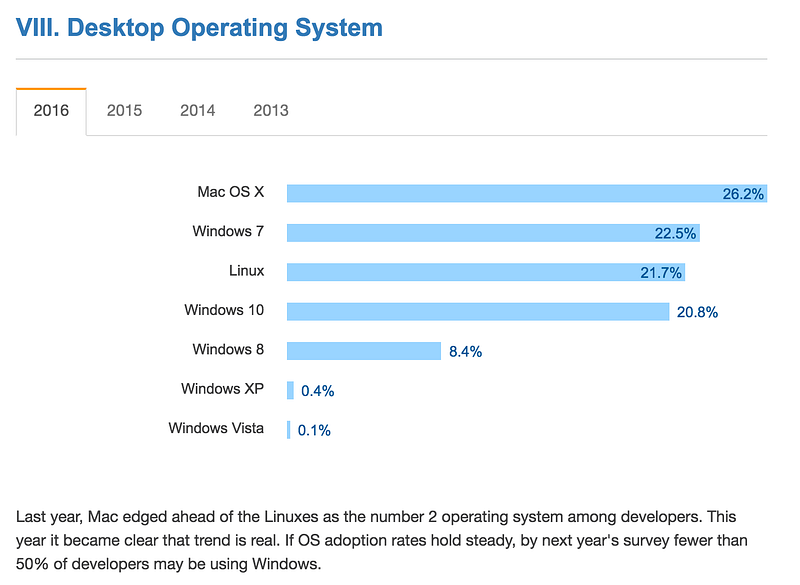
For web developers who depend on the Javascript, node.js, and npm ecosystem, and by extension, Unix, to run their development environment and build systems, a Mac is indispensable. And, of course, mobile developers would need it to develop for iOS. There’s also designers, who depend on a Mac-only ecosystem — Sketch, Principle, Flinto—to get their work done, daily. In fact, the newly launched design prototyping tool by Facebook, Origami Studio, runs only on macOS.
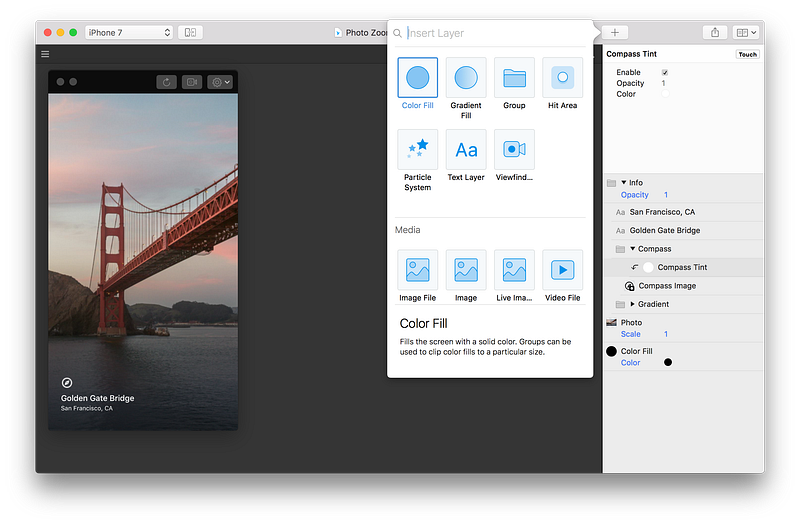
Designers and developers need to work together very closely. So you see where this is going.
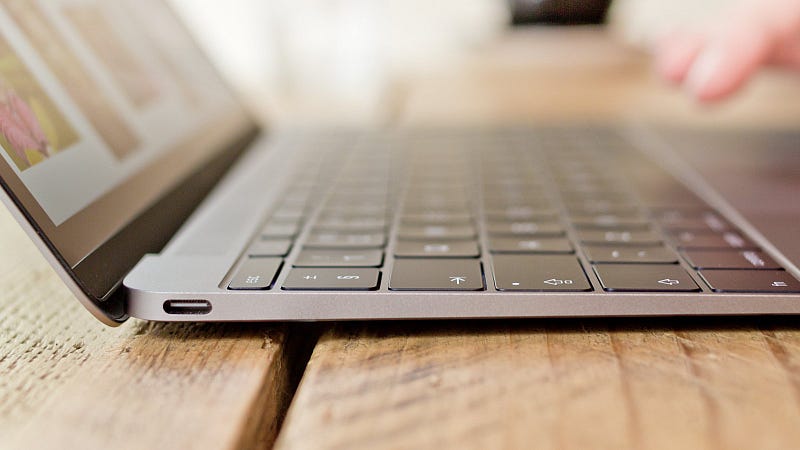
The 2015 MacBook, while not directly targeted at its core audience, was a bet on a new kind of “digital nomad”. You know, the “sipping on a cocktail in Bali while writing a book about learning to code and start your own business” sort of person?
Now, with the MacBook Pro refresh, it seems that an SD card (for photographers), a USB A-type port (for audio engineers) is not as precious “pro” territory as it used to be.
And yet, the function keys are still somewhat precious territory (one of the new MacBook Pros still feature physical function keys, and the loss of function keys due to the Touch Bar remains a contentious, hotly-debated topic within the development community), because the Mac is still one of the more popular machines for web and mobile development. It’s unclear if the Mac will continue to rise in popularity among developer circles due to the redesign, but we’ll see.
Apple’s still serious about photography, videography, and music, of course, but this time, it’s hobby-level. Custom setups being de rigueur for pros in these industries, it’s a minor inconvenience for a small subset of pro users, and a major plus for a majority of pro users that are digital product designers or developers.
So, who wins?
Microsoft made the better computer.
Apple made, arguably, the better bet.


